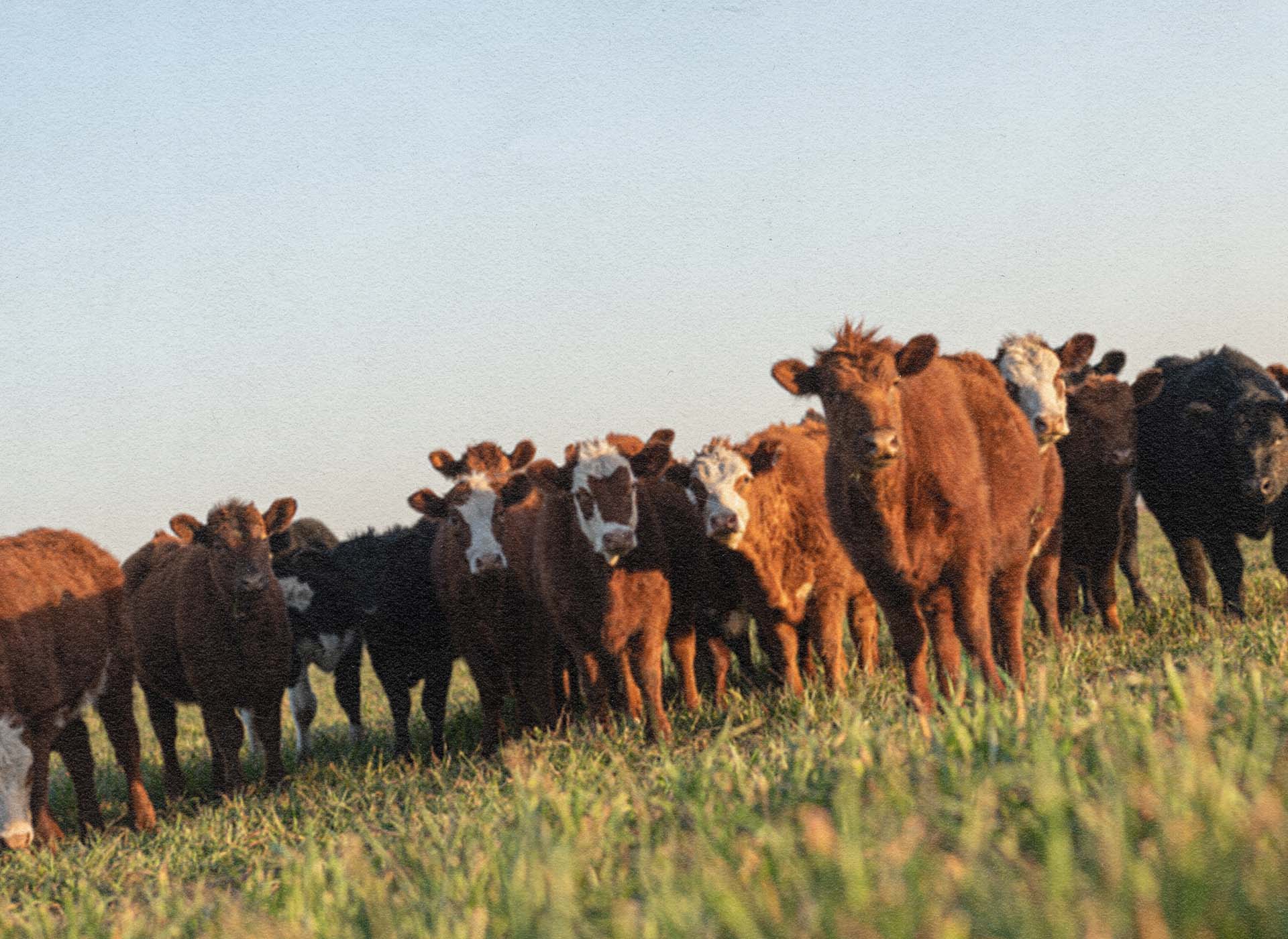
Culling the Herd
How five Tennessee ranchers are preparing for this winter
Due to this summer’s widespread drought, decreased hay production will not be able to support the U.S. cattle herd through the winter. As a result, we are currently seeing mass selloffs in the livestock industry.
In a recent interview by The Shepherdess, Corbitt Wall, a fourth-generation cattleman and host of the livestock agriculture news series “Feeder Flash,” referred to the 2011-2012 drought as a model for our current predicament. At the time, low hay production resulted in mass sell offs and the lightest herd size since the 1950s– when the country’s population was half the size it is now. As ranchers restocked their herds in the wake of the drought, the price per cow doubled, reaching a peak in 2015. The upward trend was broken by another large selloff, dropping the price per cow as quickly as it had risen.
Though this summer’s drought affected western states and Texas most severely, it had a moderate effect on the southeast. Here’s what five Tennessee producers are doing heading into the post-drought winter:
- Ken Drinnon of KLD Farms in Ashland City has been transitioning from a cow-calf to a finishing operation for the past two or three years. The recent drought has accelerated the transition by a factor of 15 cows that he’s prematurely sending to slaughter from his herd of 25. He simply can’t support them. “My hay situation is pretty dire, and my pasture situation is not much better.”
- Bryan Peterson of Whitaker Farms in Gallatin usually goes into the winter with fifteen cows. This winter, he’s cutting it down to five. From August to October, he’ll be processing an extra 20 animals in order to keep the herd lean for the cold season. For Peterson, the problem will be “going into the winter without hay.” His finishing operation gives him the flexibility to send some cows to slaughter prematurely, then reassess the situation in the spring. Cow-calf operations are the source of the nation’s livestock. When they are thinned, overall herd production drops.
- Steve Anderson, owner of Anderson Meat and Processing of Hartsville, has a small personal herd and doesn’t sell any beef because it’s so difficult to turn a profit. According to Anderson, there’s a strong stocker/feeder – weaned beef-calves, grazing pasture, but too young for slaughter – market right now, which will soften the blow of the mass sell off, and for those cow-calf operations who can survive the drought, the coming year will be a big one.
- Paul Davis of Solomon Hills Farm of Rutherford County, whose operation spans cow-calf, finishing, and bull development, is going into the winter prepared with “stockpiled fescue and a barnful of hay” – stockpiled pasture is tall, untouched pasture left to be grazed in winter. With the stocker and feeder market being “steady-to-strong” because “consumer demand is good, exports have been good, and people are expecting good supply.” Meaning we’ll at least have a solid herd of young beef-cattle to pull from after the fall’s mass culling.
- Mike Armstrong of Moo2U Dairy of Adairville, TN is preparing his dairy cows’ hayless winter diet: a combination of straw mixed in molasses and feed. The molasses helps the cattle choke the straw down, the straw provides the fiber, and the feed provides the protein, a balance that must be maintained for a healthy herd.
